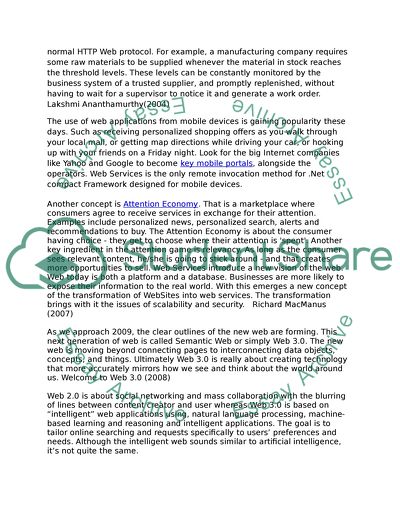Cite this document
(“Web Services Current Trends And Future Opportunities Essay”, n.d.)
Retrieved from https://studentshare.org/technology/1514657-web-services-current-trends-and-future-opportunities
Retrieved from https://studentshare.org/technology/1514657-web-services-current-trends-and-future-opportunities
(Web Services Current Trends And Future Opportunities Essay)
https://studentshare.org/technology/1514657-web-services-current-trends-and-future-opportunities.
https://studentshare.org/technology/1514657-web-services-current-trends-and-future-opportunities.
“Web Services Current Trends And Future Opportunities Essay”, n.d. https://studentshare.org/technology/1514657-web-services-current-trends-and-future-opportunities.


